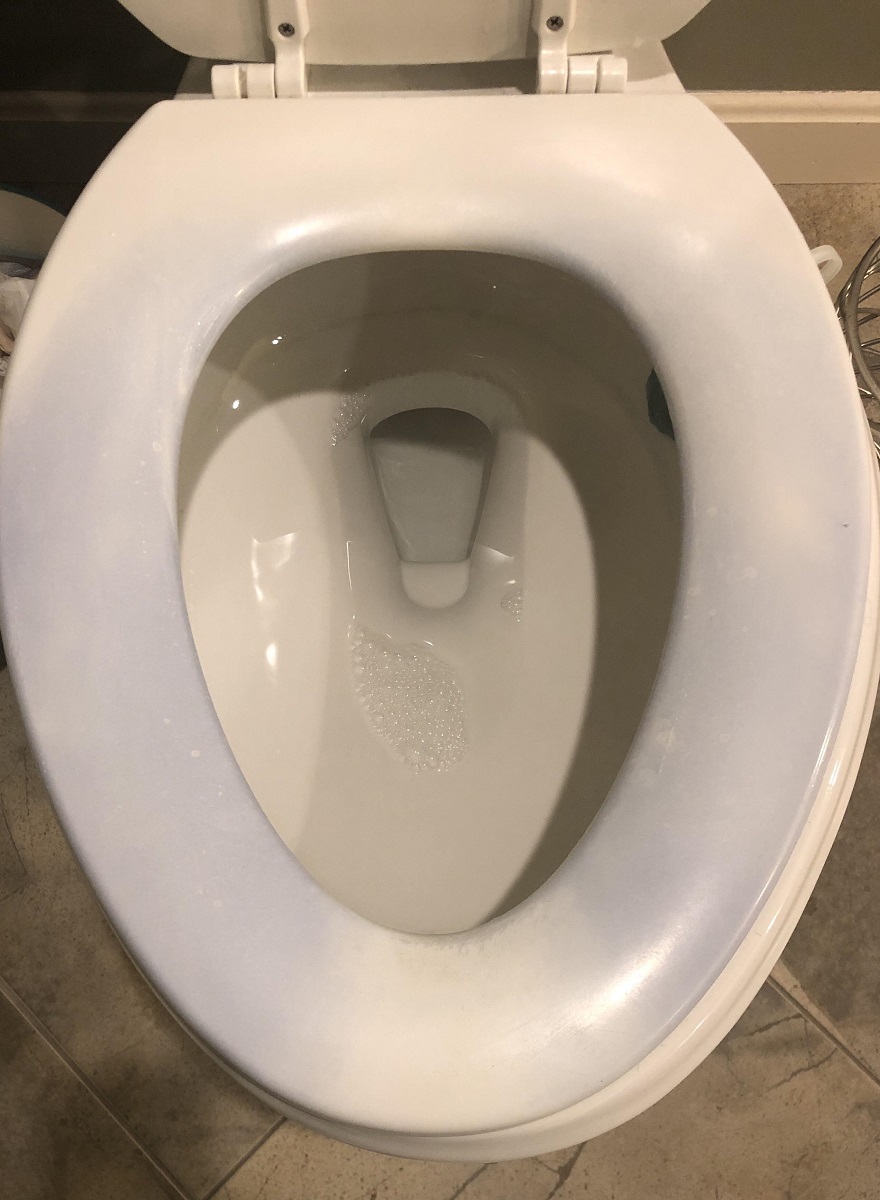

Articles
Why Did My Toilet Seat Turn Blue
Modified: October 19, 2024
Discover articles on why your toilet seat turned blue and uncover the possible causes and solutions. Don't miss out on expert advice and insights!
(Many of the links in this article redirect to a specific reviewed product. Your purchase of these products through affiliate links helps to generate commission for Storables.com, at no extra cost. Learn more)
Introduction
Have you ever walked into your bathroom and been startled by a bright blue toilet seat? It’s a puzzling sight that may leave you wondering how and why your toilet seat has taken on such an unexpected hue. While it may seem like a strange phenomenon, there is actually a scientific explanation behind the discoloration of toilet seats. In this article, we will delve into the science behind this peculiar occurrence, explore the possible causes, and provide you with some tips on how to prevent your toilet seat from turning blue.
Before we dive into the specifics, it’s important to note that a blue toilet seat is not necessarily a cause for concern in terms of your health or the functionality of your bathroom fixtures. However, it can be unsightly and may indicate an underlying issue that needs to be addressed.
The most common cause of a blue toilet seat is a chemical reaction between certain substances and the materials used to make the seat. This reaction can lead to staining or discoloration over time, resulting in that distinctive blue shade. Understanding the science of this reaction can help shed light on why it occurs and how to prevent it.
In the next sections, we will explore the science behind toilet seat discoloration, the possible causes, and some practical tips to keep your toilet seat looking fresh and clean. Let’s dive in!
Key Takeaways:
- Understanding the science behind toilet seat discoloration reveals the role of chemical reactions and materials. By being mindful of household products and implementing preventive measures, you can maintain a clean and fresh-looking toilet seat.
- Regular cleaning, proper toilet bowl maintenance, and choosing resistant materials are key to preventing toilet seat discoloration. By being proactive and mindful of product usage, you can keep your bathroom looking clean and inviting.
Read more: Why Does My Toilet Seat Turn Yellow
The Science Behind Toilet Seat Discoloration
When it comes to the science behind toilet seat discoloration, two main factors come into play: chemical reactions and the materials used to make the toilet seat.
Chemical reactions occur when certain substances come into contact with the toilet seat surface. These substances can include cleaning agents, personal care products, medications, and even natural bodily fluids. The chemical composition of these substances can react with the materials of the toilet seat, resulting in a change in color.
Toilet seats are typically made from materials such as plastic, wood, or coated metal. These materials are chosen for their durability and resistance to moisture and bacteria. However, they can also be susceptible to discoloration when exposed to certain chemicals.
In particular, plastic toilet seats are more prone to discoloration due to their porous nature. This allows the chemicals to penetrate the surface and cause staining. Wood and metal seats, on the other hand, may be more resilient but can still be affected by chemical reactions under certain circumstances.
The specific chemical reactions that cause toilet seat discoloration can vary depending on the substances involved. One common example is the reaction between acidic cleaning agents and the plastic or coatings on the seat. Acids can break down the protective layer, leading to discoloration or even erosion of the material.
Sometimes, the chemical reaction is not immediate and can occur over time. This makes it difficult to pinpoint the exact cause of the discoloration, as it may be a buildup of various substances rather than a single event.
It’s worth noting that not all toilet seats are equally susceptible to discoloration. Some materials and coatings are more resistant to chemical reactions, making them less likely to change color. Additionally, the frequency and intensity of exposure to certain substances can also influence the extent of discoloration.
Now that we understand the science behind toilet seat discoloration, let’s explore some possible causes and the household products that can lead to a blue toilet seat.
Possible Causes of Blue Toilet Seat
There are several possible causes that can lead to a blue toilet seat. These causes can range from everyday household products to certain medical conditions. Let’s take a closer look at some of the most common culprits:
- Toilet Bowl Cleaners: Many toilet bowl cleaners contain chemicals such as bleach or hydrochloric acid, which can react with the materials of the toilet seat and cause discoloration. These cleaners are designed to remove stains and kill bacteria, but prolonged exposure can result in a blue tint.
- Antibacterial Tablets: If you use antibacterial tablets or drop-in cleaners in your toilet tank, they can release chemicals that interact with the toilet seat, leading to discoloration.
- Certain Medications: Some medications, particularly those that are dye-based, can be excreted in urine and cause temporary discoloration of the toilet seat. It’s important to note that this is usually harmless and will disappear over time.
- Natural Bodily Fluids: The composition of urine and sweat can vary from person to person. In some cases, the chemicals present in these bodily fluids can react with the toilet seat materials and result in discoloration.
- Copper Plumbing Pipes: If you have copper plumbing pipes, there is a possibility of copper ions leaching into the water supply. These ions can react with the toilet seat materials and lead to a blue tint.
It’s important to remember that not all blue discoloration is caused by chemical reactions. In some cases, mold or mildew growth can also result in a blue or green hue on the toilet seat. If you notice any signs of mold or mildew, it’s essential to address the issue promptly to prevent further damage and potential health risks.
Now that we have explored the possible causes of a blue toilet seat, let’s delve into the specific household products that can contribute to discoloration.
Chemical Reactions and Toilet Seat Materials
The discoloration of a toilet seat is often the result of chemical reactions between certain substances and the materials used in its construction. Understanding these reactions can help shed light on why specific toilet seat materials may be more prone to discoloration than others.
Plastic toilet seats, for example, are more susceptible to discoloration due to their porous nature. This allows substances to penetrate the surface and react with the material. The most common type of plastic used in toilet seats is polypropylene, a durable and cost-effective material. However, it can be easily stained or discolored by certain chemicals.
Coated wood and metal toilet seats are generally more resistant to discoloration because of the protective coatings applied to their surfaces. These coatings act as a barrier, preventing chemical substances from directly interacting with the underlying material.
Acidic substances, such as those found in many household cleaners and certain bodily fluids, can break down the protective coatings on toilet seats. This results in a chemical reaction with the plastic, wood, or metal surface, leading to discoloration. Additionally, acidic substances can corrode the materials, causing further damage and deterioration over time.
It’s important to note that the specific materials and coatings used in toilet seats can vary. Some manufacturers may use specialized materials or coatings that are more resistant to discoloration and chemical reactions. When purchasing a toilet seat, it’s a good idea to look for one that is specifically designed to resist staining and discoloration.
Proper maintenance and care can also help minimize the risk of discoloration. Regular cleaning with non-abrasive cleaners and avoiding the use of harsh chemicals can help preserve the integrity of the toilet seat. It’s important to use cleaning products that are compatible with the materials used in your toilet seat to prevent damage and discoloration.
If you notice discoloration on your toilet seat, it’s best to address it promptly. Depending on the severity and cause of the discoloration, you may need to clean the seat thoroughly, apply a protective coating, or even consider replacing the seat altogether.
By understanding the chemical reactions that occur between substances and toilet seat materials, you can take proactive measures to prevent discoloration and maintain a clean and visually appealing bathroom environment.
Now that we’ve explored the chemical reactions and materials involved in toilet seat discoloration, let’s delve into the specific household products that can contribute to this phenomenon.
To prevent your toilet seat from turning blue, avoid using in-tank toilet bowl cleaners containing chlorine or bleach. These chemicals can react with the minerals in the water, causing a blue discoloration on the seat. Instead, opt for non-corrosive, non-chlorine cleaners.
Common Household Products that Cause Toilet Seat Discoloration
There are several common household products that can contribute to the discoloration of a toilet seat. These products often contain chemicals that can react with the materials of the seat, leading to staining or discoloration. Here are some of the most common culprits:
- Toilet Bowl Cleaners: Many toilet bowl cleaners contain chemicals such as bleach, hydrochloric acid, or other strong disinfectants. These chemicals are effective at removing stains and killing bacteria but can also cause discoloration and damage to the toilet seat material. It’s important to use these cleaners sparingly and follow the instructions carefully to minimize the risk of discoloration.
- Bleach and Cleaning Agents: Bleach is a powerful disinfectant commonly used for cleaning in households. However, its strong chemical composition can react with the toilet seat material, leading to discoloration. Similarly, other cleaning agents that contain strong chemicals can also cause similar reactions. When using these products, it’s important to apply them directly to the toilet bowl and avoid excessive contact with the seat surface.
- Hygiene and Personal Care Products: Certain hygiene and personal care products can also contribute to toilet seat discoloration. For example, if you use a blue or turquoise-tinted toilet bowl cleaner or air freshener, the color can transfer to the seat surface over time. Additionally, certain hair dyes, body washes, or hygiene sprays can contain chemicals that react with the seat material, leading to discoloration.
- Medications: Some medications, particularly those that are dye-based or contain strong chemicals, can cause temporary discoloration of the toilet seat. When these medications are excreted in urine, they can come into contact with the seat and lead to color changes. This discoloration is generally not a cause for concern and will fade over time as the medication is flushed out of your system.
- Natural Bodily Fluids: The composition of urine, sweat, and other bodily fluids can vary among individuals. In some cases, the chemicals present in these fluids can react with the toilet seat material and lead to discoloration. This is more likely to occur if the seat is not cleaned regularly or if the fluids are left in contact with the surface for an extended period.
While it may not be possible to completely eliminate the use of these household products, there are steps you can take to minimize the risk of discoloration. Using cleaning products sparingly, following instructions carefully, and promptly cleaning any spills or residue can help prevent staining and damage to the toilet seat.
Furthermore, considering alternative cleaning solutions or natural products can also help reduce the likelihood of discoloration. For example, using vinegar or baking soda as cleaning agents can be effective and less likely to cause harm to the toilet seat material.
By being aware of the household products that can contribute to toilet seat discoloration, you can take proactive measures to minimize the risk and keep your toilet seat looking clean and fresh.
Now that we’ve explored the common culprits of toilet seat discoloration, let’s dive into some practical tips to prevent your toilet seat from turning blue.
Read more: Why Is My Toilet Water Blue
How to Prevent Toilet Seat Discoloration
To prevent toilet seat discoloration and keep your bathroom looking clean and fresh, follow these practical tips:
- Regular Cleaning: Clean your toilet seat regularly using a non-abrasive cleaner and a soft cloth or sponge. Avoid using harsh chemicals or abrasive materials that can damage the seat surface.
- Proper Toilet Bowl Cleaning: Apply toilet bowl cleaner directly to the bowl and avoid excessive contact with the seat surface. This prevents the cleaning agents from coming into direct contact with the seat materials, reducing the risk of discoloration.
- Avoid Strong Chemicals: Be cautious when using strong chemicals, such as bleach or acidic cleaners, in your bathroom. If they come into contact with the toilet seat, wipe them off immediately to prevent chemical reactions and discoloration.
- Choose Toilet Seat Materials Wisely: When purchasing a new toilet seat, opt for materials that are resistant to staining and discoloration, such as coated wood or metal. These materials have protective coatings that can prevent chemicals from directly interacting with the seat surface.
- Be Mindful of Personal Care Products: Pay attention to the personal care products you use in your bathroom. Avoid using tinted or heavily colored products that can transfer their pigments to the toilet seat surface.
- Flush Promptly: Flush the toilet promptly after use to minimize the contact between bodily fluids and the seat surface. This reduces the likelihood of chemical reactions and discoloration.
- Consider Natural Cleaning Alternatives: Explore natural cleaning solutions, such as vinegar or baking soda, which are effective at cleaning and less likely to cause discoloration or damage to the toilet seat material.
- Inspect for Leaking Pipes: Regularly inspect your plumbing for any leaks, particularly if you have copper pipes. Leaking pipes can introduce copper ions into the water supply, which can react with the toilet seat materials and cause discoloration. Fix any leaks promptly to prevent this issue.
- Replace Damaged Seats: If your toilet seat is already discolored or damaged beyond repair, consider replacing it with a new one. This will not only improve the aesthetic appeal of your bathroom but also ensure a fresh and clean surface.
By following these preventive measures, you can minimize the risk of toilet seat discoloration and maintain a clean and visually appealing bathroom environment.
Now that we’ve covered the preventive tips, let’s wrap up and summarize our findings.
Conclusion
The phenomenon of a blue toilet seat can be both surprising and puzzling. However, understanding the science behind toilet seat discoloration can help demystify this occurrence. Chemical reactions between certain substances and the materials used in toilet seat construction play a significant role in causing discoloration. Plastic seats are particularly susceptible due to their porous nature, while coated wood and metal seats are generally more resistant.
Common household products such as toilet bowl cleaners, bleach, hygiene and personal care products, and even certain medications can all contribute to toilet seat discoloration. It’s important to use these products sparingly, follow instructions carefully, and clean any spills or residue promptly to minimize the risk of staining. Additionally, being aware of alternative cleaning solutions and natural products can help reduce the likelihood of discoloration.
To prevent toilet seat discoloration, regular cleaning with non-abrasive cleaners and proper toilet bowl cleaning techniques are essential. Choosing toilet seat materials wisely, being mindful of personal care products, and promptly addressing any plumbing leaks can also help maintain a clean and fresh-looking toilet seat. If discoloration or damage is beyond repair, replacing the seat with a new one is the best course of action.
By implementing these preventive measures, you can keep your toilet seat looking clean and prevent the unwanted blue tint. Remember, while a blue toilet seat may not pose a health risk, it can affect the aesthetics of your bathroom. Maintaining a clean and well-maintained toilet seat contributes to an overall pleasant and inviting bathroom environment.
Now that you are armed with knowledge about toilet seat discoloration, you can confidently take steps to prevent it and enjoy a uncolored and fresh-looking toilet seat for years to come.
Frequently Asked Questions about Why Did My Toilet Seat Turn Blue
Was this page helpful?
At Storables.com, we guarantee accurate and reliable information. Our content, validated by Expert Board Contributors, is crafted following stringent Editorial Policies. We're committed to providing you with well-researched, expert-backed insights for all your informational needs.
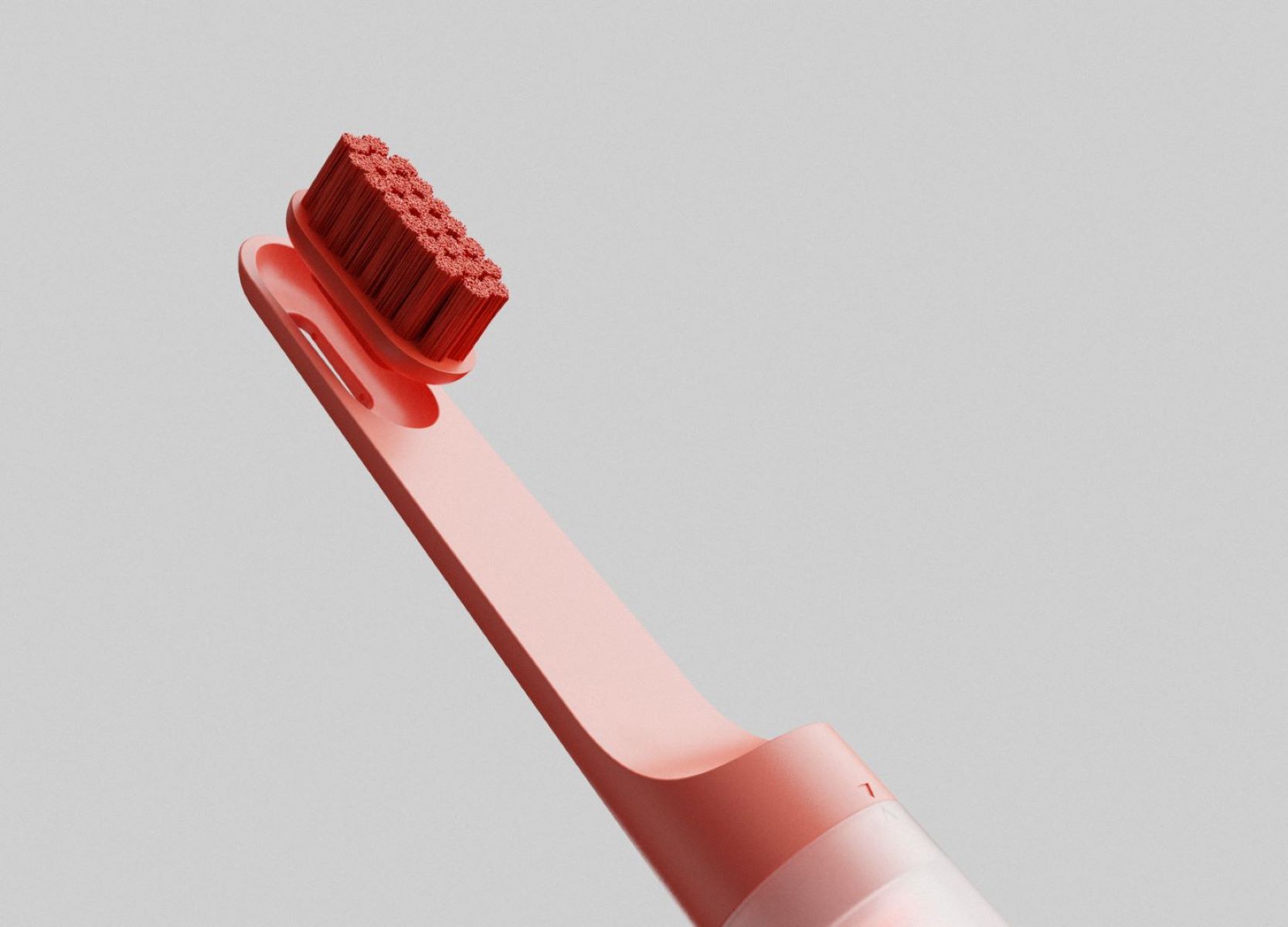
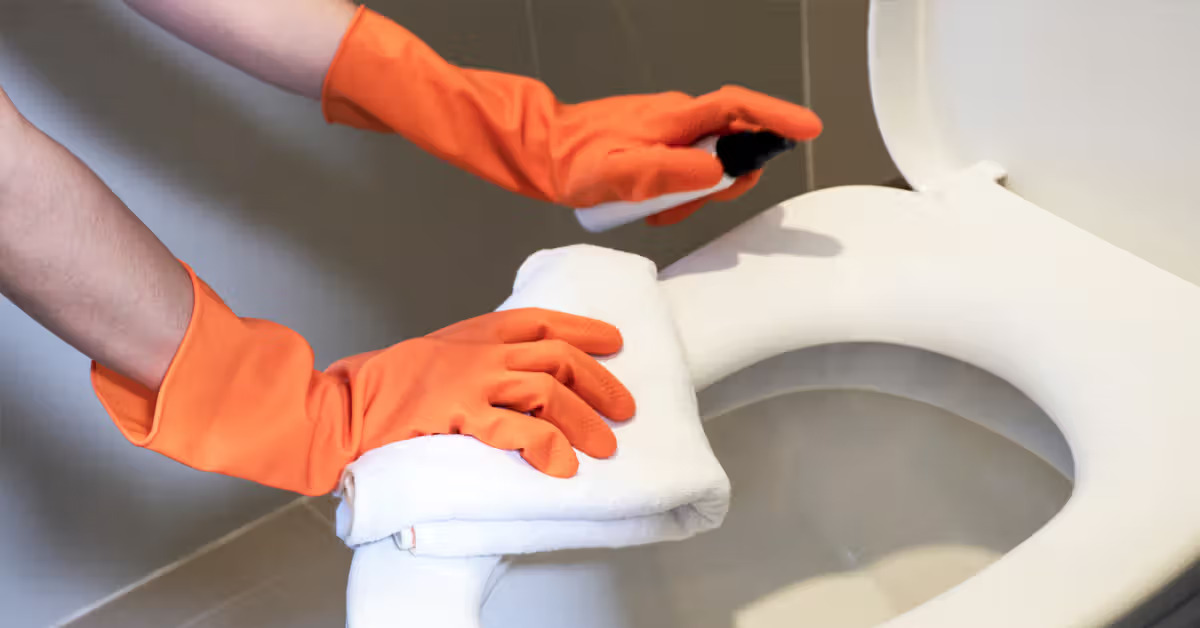
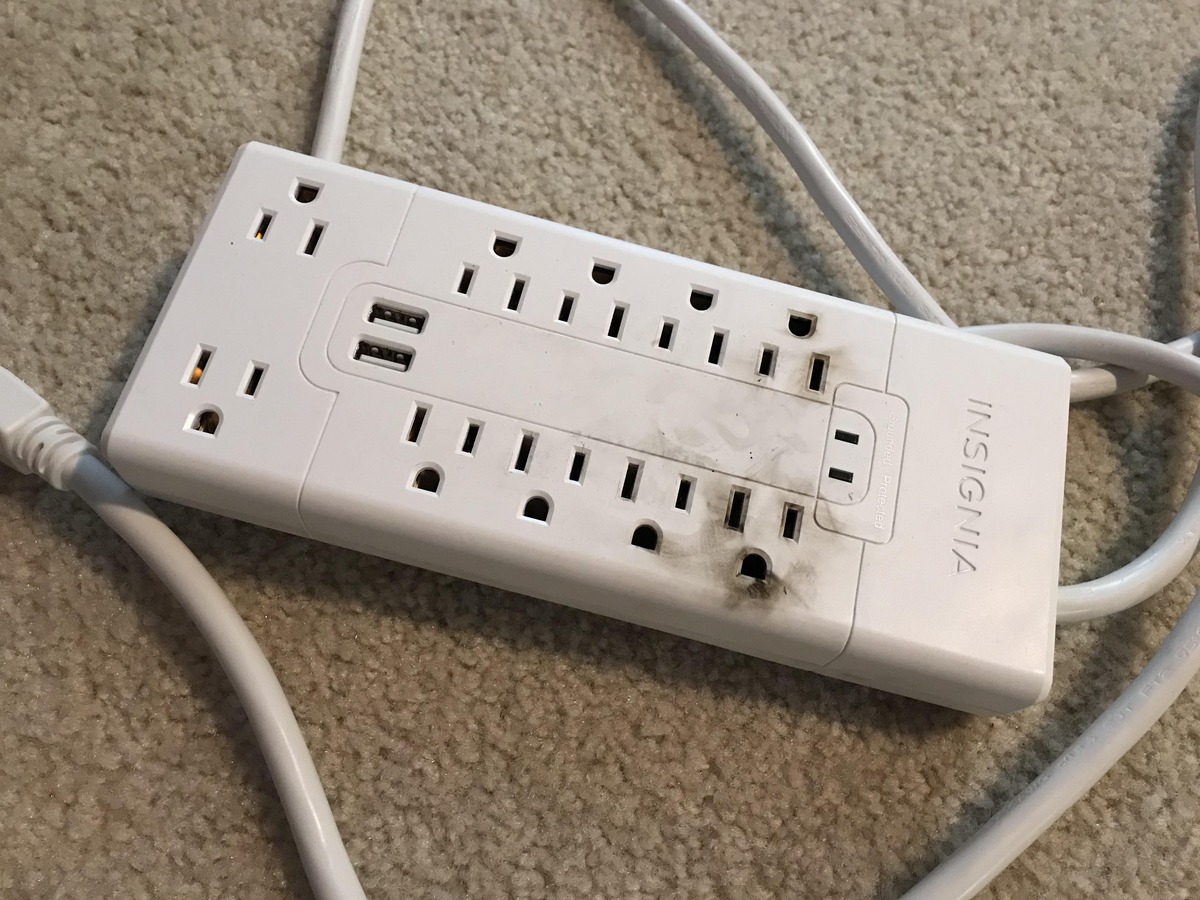
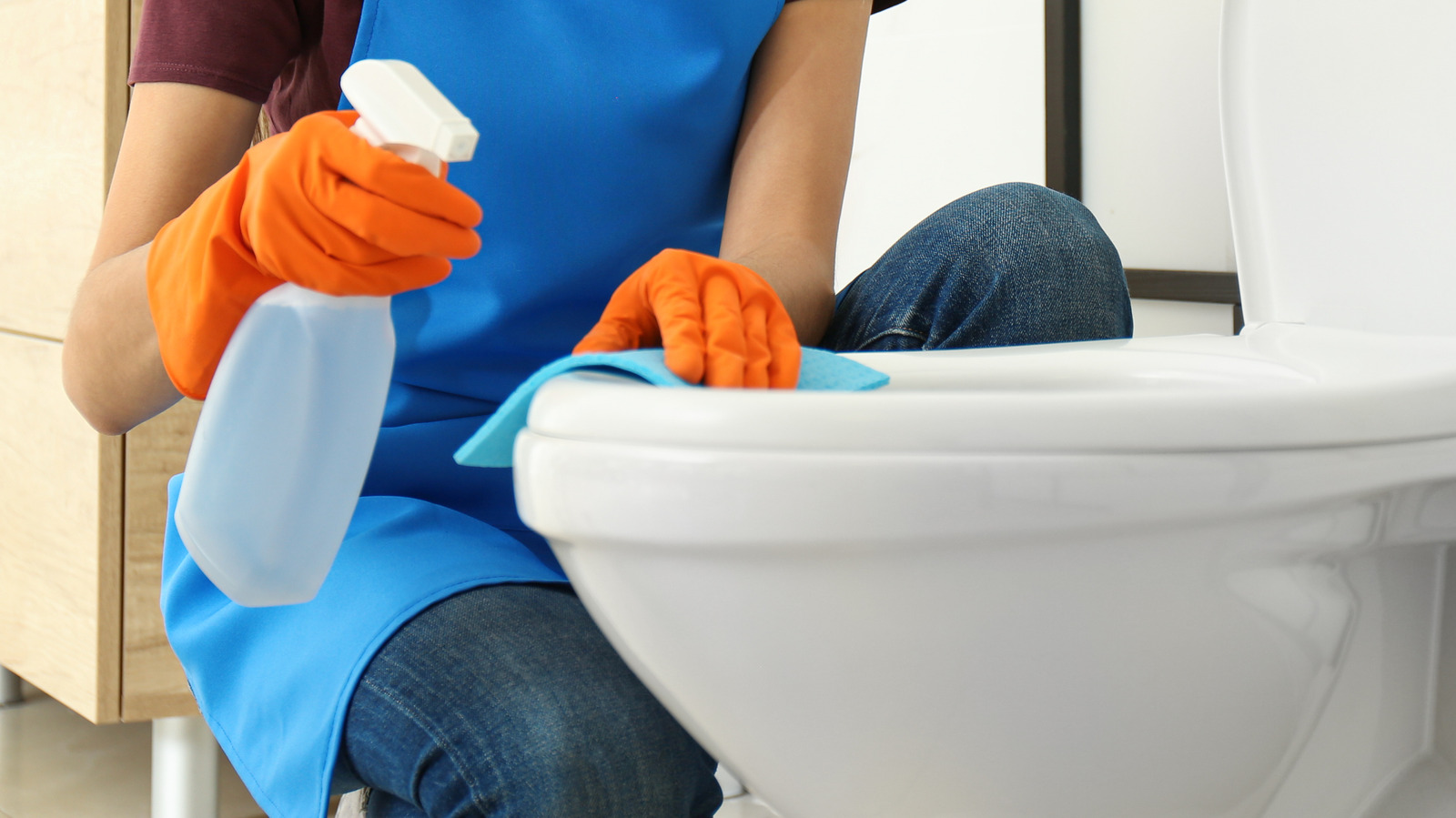
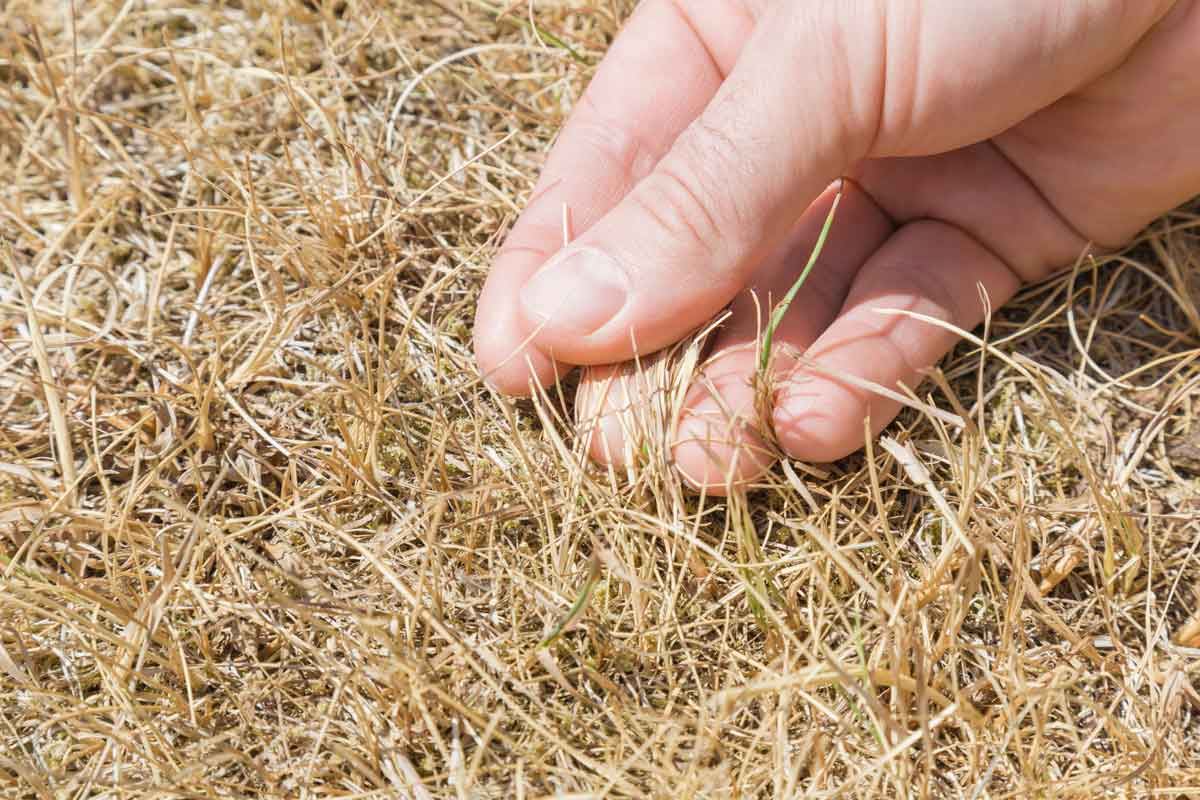


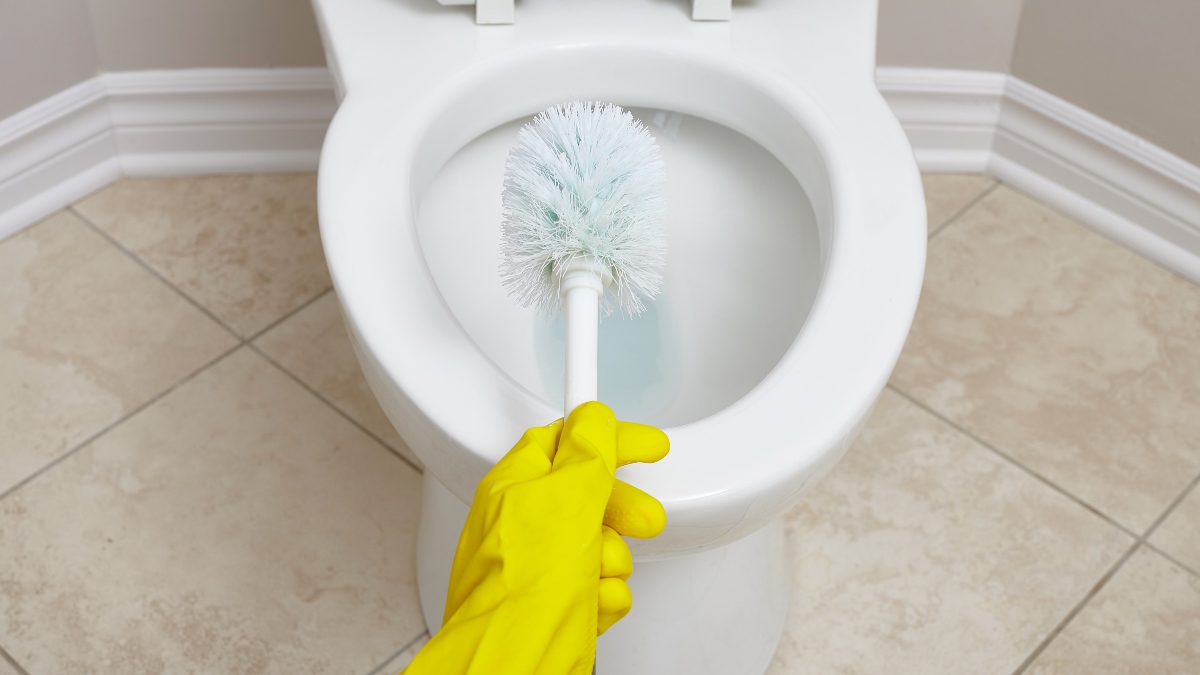
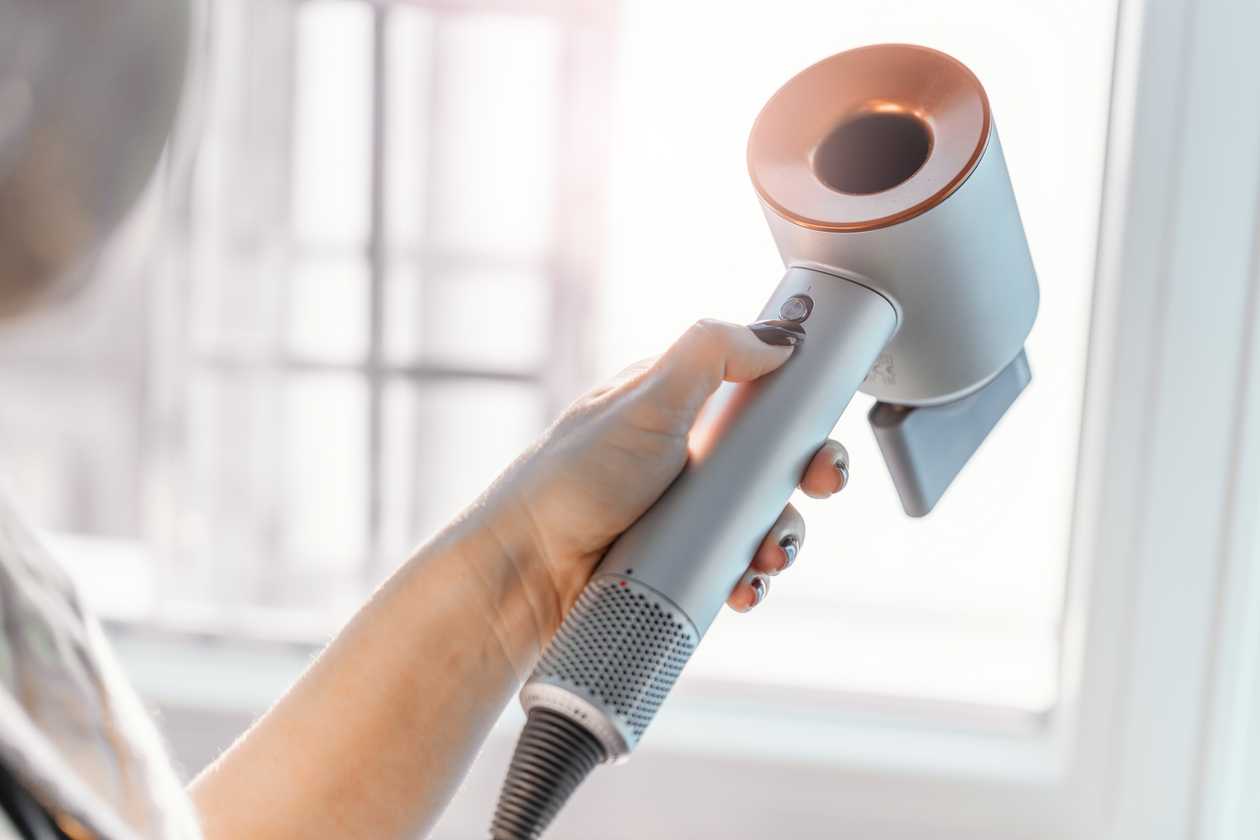

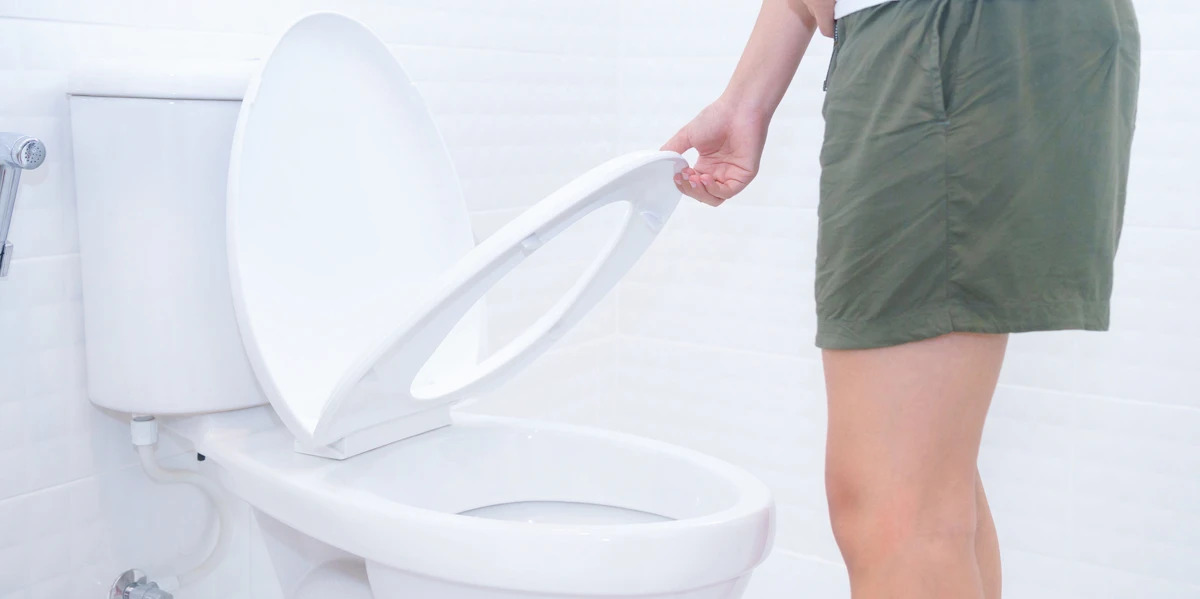


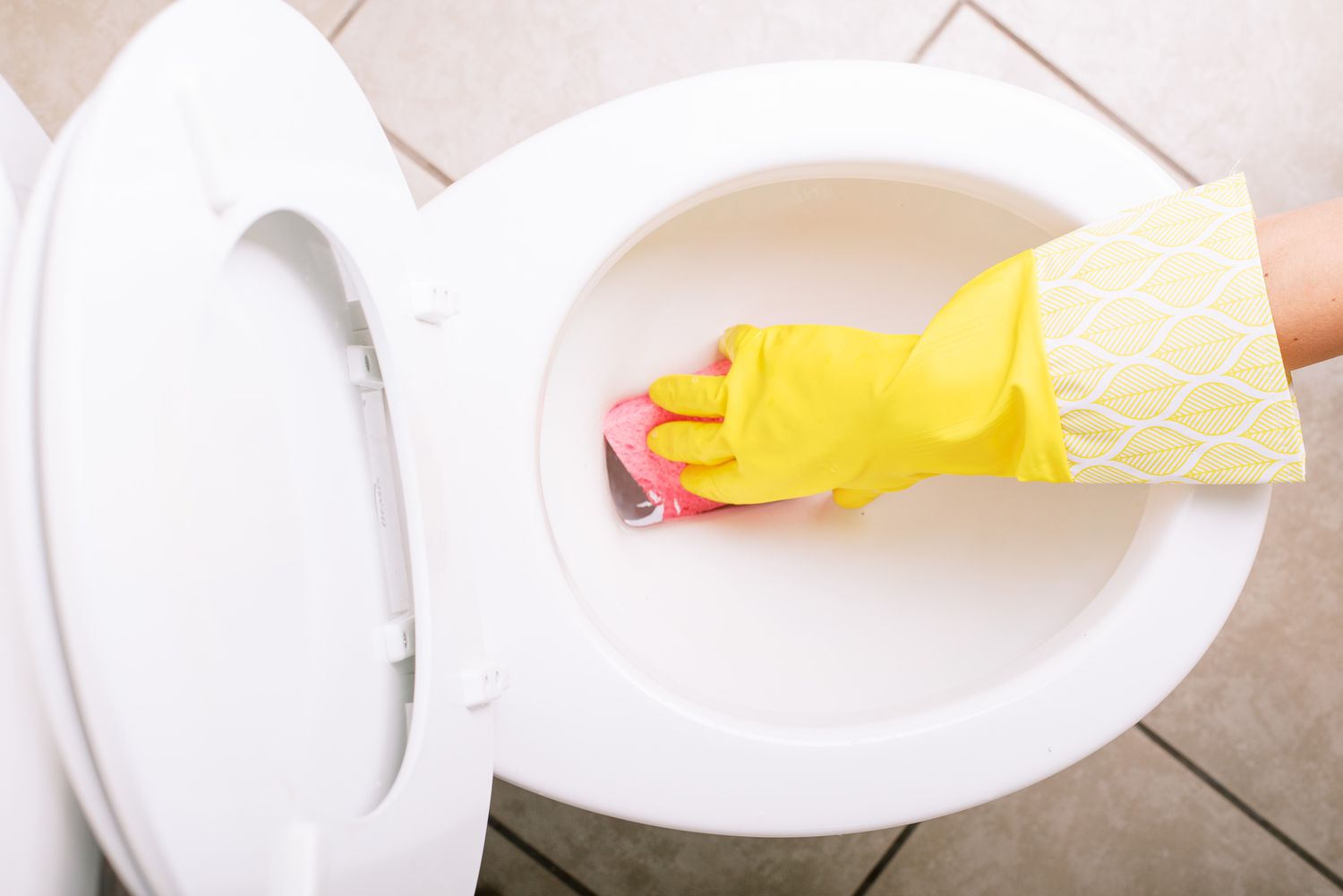

0 thoughts on “Why Did My Toilet Seat Turn Blue”